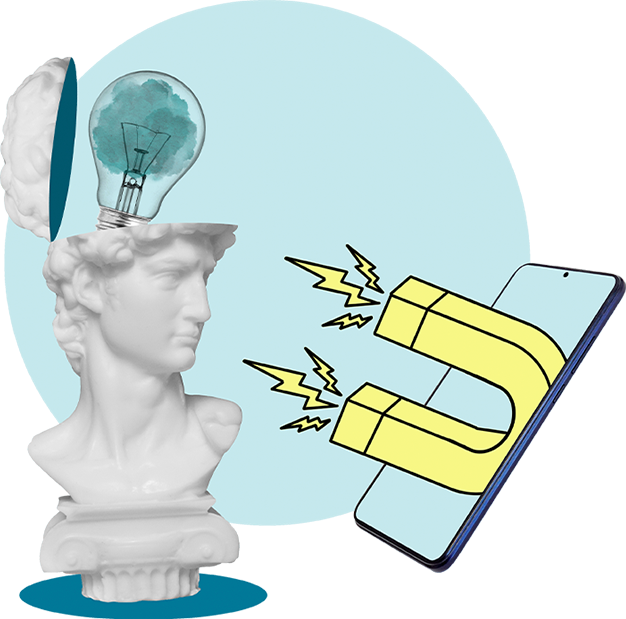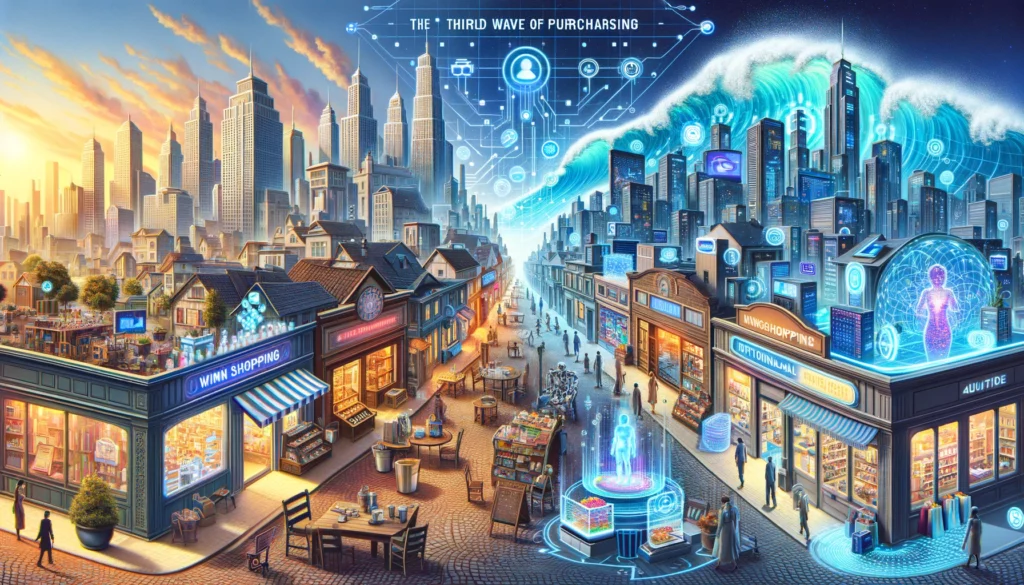
Artificial Intelligence
The question isn’t whether AI will (practically) transform everyone’s work—it’s only a matter of how quickly it will happen. The current situation could be compared to the agricultural era when fields were still mowed with a scythe. Now there’s a new Valtra available—much more efficient, but it requires changing the processes. You need to know how to drive it, you need proper bridges to the fields, and even the Valtra needs maintenance, etc. The big question is how to get the mowing heroes excited about the Valtra. The technology will come, but leadership and motivation in this transformation still fall to people.
AI is just as massive as it’s made out to be, or even more so. That’s why it’s also difficult to approach. The classic joke about how to eat an elephant applies to approaching AI: one bite at a time.
We can help you think about the right-sized bites. Those bites can be turned into a plan that inevitably moves things forward. In this field, it’s hard to plan too far ahead because the pace of development is so fast. But what we’ve seen in recent years is that by doing things, you also learn to keep up with the speed.
What’s new?
Tovari and Artificial Intelligence
Mature expertise
Artificial intelligence has been a regular topic at Tovari’s weekly meetings for several years already. Perhaps the best example of our long-standing understanding is a quote Jussi gave about Tovari’s future in Parikkalan Sanomat on 26.9.2019:
“We need to consider what we’ll be doing five years from now, when AI handles a large part of today’s work.”
Full speed ahead
Compared to past disruptions, the speed of the current one is downright overwhelming. That’s why we continuously test and explore new AI developments. When you have a solid foundation of expertise, it’s quicker and easier to build on top of it. A longer experience than most also brings the ability to evaluate what really matters among the new trends.
Bottom line
In business, the purpose of AI is to show results on the bottom line. Growth happens primarily through increased productivity. The same number of people can accomplish more than before—or fewer people can achieve the same output. AI is most productive when processes are optimized for it rather than for humans.

Generative AI
When people talk about AI, they usually mean generative AI, which is also the most visible part of the story in the media. But an important point: AI is not equal to ChatGPT. Not even generative AI equals ChatGPT. It’s much more.
What we currently call AI refers to applications that use data in programmed ways. That’s why it’s important to learn how to ask questions and interact with AI. Most often that’s still done via keyboard, but increasingly in the future also by voice.
This is the core of the current AI revolution: humans can communicate with machines, and machines can communicate with humans. And that communication is not limited to simple command-response chains, natural language enables ongoing interaction and refinement of ideas.
When a person begins something new, it’s typical to reflect on the topic, exploring various related aspects to gain a full picture. This also applies to conversations with others. Likewise, large language model-based tools like ChatGPT are well suited for this type of thinking process.
AI boosts productivity
Machines do things fast, tirelessly, and without complaint. This was the driver of the industrial revolution, and it holds true for digitalization and AI-powered applications as well. Machines never get tired or annoyed, even if you ask the same thing repeatedly in different ways.
Sometimes there’s an idea that it’s not worth investing in something unless you can be the best at it. This mindset comes from a market logic that constantly seeks competitive advantage and top positions.
AI is always beneficial to a business, whether you’re leading the pack or not. In fact, overly ambitious development projects can backfire. The tricky part of adopting technology is rarely the tech itself, it’s whether people are willing to use the tools.
So even if others benefit more from AI, you can still gain from it. The only sure way to lose in the face of AI-driven change is to ignore it. The best way to benefit is to approach it both with an open mind and a strategic, long-term view.
To open up a strategic perspective, start by identifying your organization’s challenges and the key areas where AI could bring value. Then explore whether suitable solutions exist, or if there’s an opportunity for custom development.
Pilot projects are a good way to explore possibilities and risks. Small-scale testing shows how a solution integrates into operations and affects productivity. ROI is always a good basis for decision-making.
A company should approach the selection of AI tools strategically and long-term, considering its specific needs and goals. A smart selection and implementation can significantly improve productivity and provide a competitive edge. The challenge, of course, is that technological development is extremely fast. That’s why experimentation should be quick and agile, so decision-making can be, too.
AI is constantly doing more and better
It’s important to remember that applying AI isn’t about the technology, it’s about people being able and willing to use it in their work. It’s a classic challenge of skill and leadership.
AI applications are typically built for one narrow task. Human needs, on the other hand, are usually broad. Take cooking, for example, just chopping onions doesn’t get you far. But if you also manage to sauté them with tomato sauce while another process boils pasta to your preference and grates the right cheese, you’ve got a meal.
AI applications universally use an API (application programming interface), which forms the bridge between two software programs. Coders, or AI agents, use it to make systems work together. The latter will become more common fast: AI will enhance AI usage. By 2025, AI agents will be advanced enough to handle entire roles, not just single tasks.
AI only brings competitive advantage when it does something profitable and aligned with your business strategy. Right now, the key is to imagine what those things could be, because the possibilities are nearly limitless.




